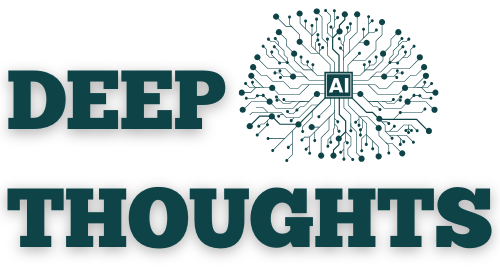Automating Operations to Reduce Costs
In today’s competitive business landscape, reducing operational costs is a top priority for organizations of all sizes. Artificial Intelligence (AI) has emerged as a game-changer, enabling businesses to automate repetitive tasks, streamline workflows, and minimize inefficiencies. By leveraging AI, companies can not only cut costs but also improve accuracy, speed, and scalability. In this article, we’ll explore how AI-driven automation can help reduce operational costs, along with real-world examples and practical tips.
Why Automate Operations with AI?
Operational costs often stem from manual processes, human error, and inefficiencies. AI-powered automation addresses these challenges by:
- Eliminating repetitive tasks: Freeing up employees to focus on higher-value work.
- Reducing errors: Improving accuracy in data entry, calculations, and decision-making.
- Enhancing scalability: Allowing businesses to handle increased workloads without proportional cost increases.
- Optimizing resource allocation: Ensuring resources like time, money, and labor are used efficiently.
Key Areas Where AI Can Reduce Costs
1. Customer Support Automation
Customer support is a critical but costly function. AI-powered chatbots and virtual assistants can handle routine inquiries, troubleshoot issues, and provide 24/7 support without human intervention.
- Example: Companies like H&M and Sephora use AI chatbots to answer customer questions, reducing the need for large support teams.
- Cost-Saving Tip: Implement chatbots for FAQs and basic troubleshooting, reserving human agents for complex issues.
2. Supply Chain and Inventory Management
AI can optimize supply chains by predicting demand, managing inventory levels, and identifying inefficiencies. This reduces waste, minimizes stockouts, and lowers storage costs.
- Example: Walmart uses AI to predict product demand and optimize inventory, saving billions in logistics costs.
- Cost-Saving Tip: Use AI tools to analyze historical sales data and forecast demand accurately.
3. Financial Processes and Accounting
AI can automate tasks like invoice processing, expense tracking, and financial reporting, reducing the need for manual input and minimizing errors.
- Example: Companies like Xero and QuickBooks use AI to automate bookkeeping and financial analysis.
- Cost-Saving Tip: Adopt AI-powered accounting software to streamline financial operations and reduce reliance on manual labor.
4. Human Resources and Recruitment
AI can automate recruitment processes, such as resume screening, candidate matching, and interview scheduling, saving time and reducing hiring costs.
- Example: Unilever uses AI to screen job applicants, reducing hiring time by 75%.
- Cost-Saving Tip: Use AI recruitment tools to identify top talent faster and reduce HR workload.
5. Manufacturing and Production
AI-powered robotics and predictive maintenance can optimize manufacturing processes, reduce downtime, and improve product quality.
- Example: General Electric uses AI to predict equipment failures, reducing maintenance costs by up to 25%.
- Cost-Saving Tip: Implement predictive maintenance systems to avoid costly equipment breakdowns.
Real-World Success Stories
- Amazon: Uses AI-powered robots in its warehouses to automate picking and packing, reducing operational costs by 20%.
- DHL: Leverages AI to optimize delivery routes, saving millions in fuel and logistics costs.
- BP: Uses AI to monitor and optimize oil drilling operations, reducing costs by 10-20%.
How to Get Started with AI Automation
- Identify Pain Points: Analyze your operations to identify repetitive, time-consuming, or error-prone tasks.
- Choose the Right Tools: Research AI solutions tailored to your industry, such as chatbots, RPA (Robotic Process Automation), or predictive analytics platforms.
- Start Small: Pilot AI automation in one area (e.g., customer support or inventory management) before scaling up.
- Train Your Team: Ensure employees understand how to use AI tools effectively and embrace the change.
- Measure Results: Track key metrics like cost savings, efficiency gains, and error rates to evaluate the impact of AI automation.
Challenges to Consider
While AI automation offers significant cost-saving potential, businesses should be aware of:
- Initial Investment: Implementing AI tools may require upfront costs, but the long-term savings often outweigh them.
- Integration: Ensure AI systems integrate seamlessly with existing workflows and technologies.
- Employee Resistance: Address concerns about job displacement by emphasizing AI’s role in augmenting, not replacing, human work.
Conclusion
AI-driven automation is no longer a luxury—it’s a necessity for businesses looking to reduce costs and stay competitive. By automating repetitive tasks, optimizing workflows, and improving decision-making, AI can deliver significant cost savings while enhancing efficiency and scalability. The key is to start small, choose the right tools, and scale as you see results.
The future of business operations is automated. Are you ready to embrace AI and unlock its cost-saving potential?







